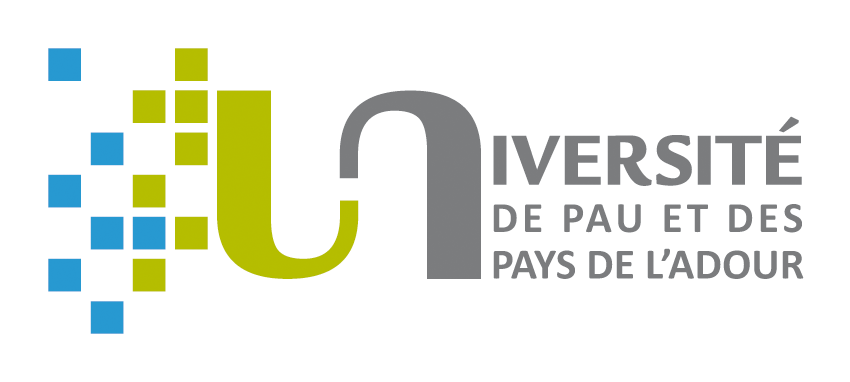Experimental design methodology as a tool to optimize the adsorption of new surfactant on the Algerian rock reservoir: cEOR applications
Résumé
In this research work, a new surfactant called surf EOR ASP 5100 used in the SWCTT (single well chemical tracer test) in the Algerian oilfield and sodium dodecyl sulfate (SDS) were used for static adsorption tests. The Algerian rock reservoir has been characterized by different techniques such as SEM, XRD, XRF, BET analysis. The equilibrium was successfully verified by Langmuir isotherm and second-order (R2gt; 95 % models for all concentrations and temperatures to predict the adsorption process. Furthermore, the adsorption process was found to be exothermic (ΔG∘lt; 0 . To quantify the minimal adsorbed quantity, a full factorial design of 23 (8 experiments) was applied to analyze the individual effects and interactions of operational parameters using variance analysis (ANOVA), desirability method and response surface methodology. The optimal conditions obtained are as follows: the Qe value was 2.3291mg/g for the SDS surfactant at a concentration of 200ppm and temperature of 25 ∘ C, and Qe was 3.894513mg/g for EOR ASP 5100 for the concentration of 200ppm and temperature of 80 ∘ C.
